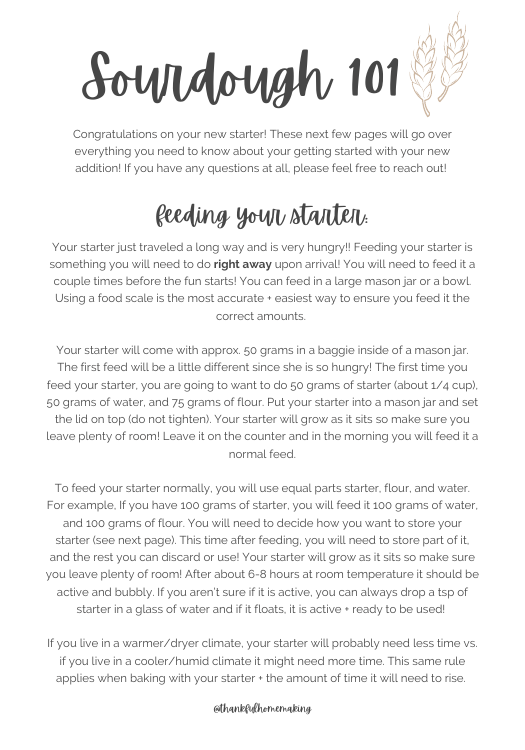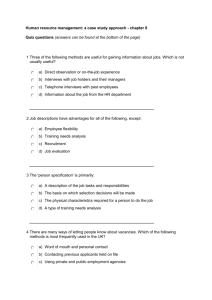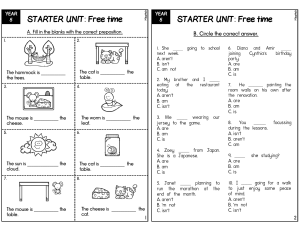
Sourdough 101 Congratulations on your new starter! These next few pages will go over everything you need to know about your getting started with your new addition! If you have any questions at all, please feel free to reach out! feeding your starter: Your starter just traveled a long way and is very hungry!! Feeding your starter is something you will need to do right away upon arrival! You will need to feed it a couple times before the fun starts! You can feed in a large mason jar or a bowl. Using a food scale is the most accurate + easiest way to ensure you feed it the correct amounts. Your starter will come with approx. 50 grams in a baggie inside of a mason jar. The first feed will be a little different since she is so hungry! The first time you feed your starter, you are going to want to do 50 grams of starter (about 1/4 cup), 50 grams of water, and 75 grams of flour. Put your starter into a mason jar and set the lid on top (do not tighten). Your starter will grow as it sits so make sure you leave plenty of room! Leave it on the counter and in the morning you will feed it a normal feed. To feed your starter normally, you will use equal parts starter, flour, and water. For example, If you have 100 grams of starter, you will feed it 100 grams of water, and 100 grams of flour. You will need to decide how you want to store your starter (see next page). This time after feeding, you will need to store part of it, and the rest you can discard or use! Your starter will grow as it sits so make sure you leave plenty of room! After about 6-8 hours at room temperature it should be active and bubbly. If you aren’t sure if it is active, you can always drop a tsp of starter in a glass of water and if it floats, it is active + ready to be used! If you live in a warmer/dryer climate, your starter will probably need less time vs. if you live in a cooler/humid climate it might need more time. This same rule applies when baking with your starter + the amount of time it will need to rise. @thankfulhomemaking storing your starter: After you have fed your starter, you need to store it! I recommend storing in a glass jar. You can either store it on the counter or in your fridge. Storing on the counter: you will need to feed your starter every day. This option is great if you will be baking daily/every other day. Storing in the fridge: you will need to feed your starter about once per week. You can feed it more often, but minimum is once a week. Works great if you will be baking one-two times per week. for example: There are many different ways to do this, but this is how my process goesI keep my starter In the fridge in a 32oz glass mason jar. When I am ready to use/feed it, I will take It out of the fridge and set It on my counter before I go to bed. This gives It time to come down to room temperature before I feed It. In the morning, I will take my food scale and pour my starter Into a bowl to feed It. (equal parts water/flour/starter) Once I mix It all together, I will rinse out my mason jar and fill it just under 1/2 way and put that back In the fridge for next time. Then I will take another mason jar and fill It just under 1/2 way and set the lid on the jar without tightening it. (You could put It In a bowl and cover with a tea towel) Usually by mid afternoon It Is active and ready to use. @thankfulhomemaking making sourdough bread : Ingredients: 100 grams starter 330 grams water 500 grams flour 10 grams salt 2 tbsp olive oil Directions: 1. Put flour, olive oil, starter, salt, and water in bowl and mix it up till flour is all incorporated. Let It sit 1 hour covered, then take It out and do one round of stretch and folds (take one side and fold It over Itself, rotate and repeat all the way around) 2. Transfer to a bowl that has been sprayed or rubbed with olive oil. Let It rest for 30 minutes and do another stretch and fold. Do 2 more stretch and folds 3. After 4 total folds, wrap up the bowl tight with plastic wrap and let It sit In the fridge overnight. If you are making It In the same day, skip to step 5. 4. The next morning, take bread out of the fridge and let It sit for 1 hour. 5. On a floured surface, shape the dough. 6. Put Into floured proofing basket or bowl lined with a floured tea towel. Cover and let It rest for 2 hours. 7. Once your timer has 45 minutes left, Pre-heat your oven to 450 degrees with your dutch oven Inside. 8. Flip your bread over on parchment paper and gently rub top with flour. Score the loaf, put Inside your dutch oven. 9. Bake with the lid on for 30 minutes. Turn oven to down to 425 degrees and remove the lid. Bake for another 15 minutes. Let cool before slicing @thankfulhomemaking sourdough pizza crust: Ingredients: 100 grams starter discard 10 grams sea salt 30 grams olive oil 50 grams whole wheat flour 450 grams all-purpose flour 350 grams water The Night before: 1. Add all pizza crust ingredients to a large mixing bowl. Use your hands to mix until they are fully incorporated. Cover the bowl and allow dough to ferment at room temperature overnight. The next morning: 1. Perform a series of stretch and folds. Wet your hands with water to prevent dough from sticking and while the dough is still in the bowl, pull one side of the dough up and over itself. Turn the bowl and repeat this on all sides until you have turned in a full circle. 2. Cover the bowl and place in the fridge up to 36 house until ready to bake. (the dough can be used at this point, the cold ferment is optional) When you are ready to make your pizza: 1. Remove dough from fridge and let it come to room temperature. 2. Divide the dough into 4 equal pieces and on a generously floured work surface, shape each portion into a ball. Cover the mounds with a tea towel and let rest 30 minutes. * you can also freeze your dough at this point If you are wanting to make ahead. When you want to use, just let it come back to room temperature. 3. Preheat your oven to 400 degrees. 4. press a ball of dough into an 8” circle on a floured surface 5. Lay your dough onto your pizza pan, skillet, or pan. * If you prefer a crispier crust, bake crust for 3-5 minutes before adding toppings 6. Add desired sauce / toppings to your pizza 7. Bake for 10-12 minutes, remove, slice, and enjoy! @thankfulhomemaking



